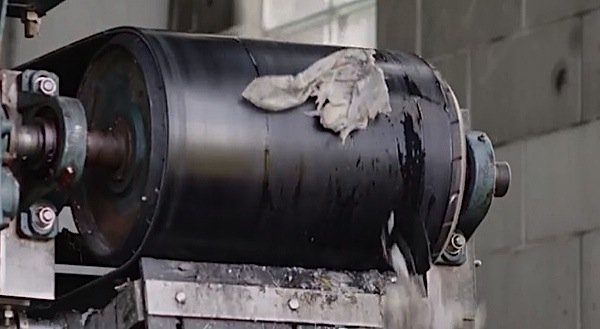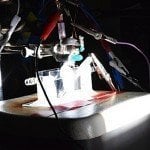There is no question that by the 1970s the Detroit River had reached an environmental low point. Since European settlement began in the 1700s, the once pristine river has been used intensively for international shipping and as an industrial corridor, and at the same time as a source of drinking water and recreation for millions of people. By the 1970s it was so contaminated with industrial chemicals, including PCBs, mercury and the pesticide DDT, that fish in the river were showing physical deformities and were deemed unfit for human consumption. In 1973, an International Joint Commission designated the Detroit River a “problem area.” Later, in 1983, it was named an Area of Concern.

To tackle the huge pollution problems and clean up the river, the commission produced a Remedial Action Plan (RAP) in 1991. The RAP detailed all the environmental problems—sewer overflows, degradation of habitat, chemical runoffs, toxic contaminants—that were impacting the river and its ecosystem. These and other environmental insults were identified as causes of a number of Beneficial Use Impairments (BUI) associated with the river. The presence of fish tumours due to contaminants in the water, overall degradation of fish and wildlife populations, bird and animal deformities and reproductive problems, and the tainting of fish and wildlife flavour were among the BUIs described.
The tainting of fish flavour was deemed, in a 2010 assessment of the status of the BUIs, to require further assessment. Tests of fish taste proved inconclusive: some eaters said the fish caught in the Detroit River tasted bad, while others found it fine to eat. A further assessment of tainted fish flavour was carried out, and the results published in June, 2011. It concluded that only a “very small minority” of fish consumers were bothered by either the taste or the smell of Detroit River fish.
The earlier assessment report had stated that fish flavour would be “delisted” as an impairment when “there is no statistically significant tainting of fish flavour when compared to fish from upstream of the Detroit River.”
That delisting has finally occurred. Yesterday, an announcement from the United States Environmental Protection Agency, Great Lake National Program Office, said that Tainting of Fish and Wildlife Flavour was removed from the list of Beneficial Use Impairments (BUI). Authorities from both sides of the Detroit River hailed the announcement as evidence that the waterway was being transformed, thanks to upgraded wastewater treatment plants, reduced toxic chemicals from industry, cleanup of sediments containing PCBs and habitat restoration.
While this is good news, it should be noted that several of the BUIs originally identified are still in place—there are still fish with tumours and deformities, still degraded fish and wildlife populations, and beaches are still closed. Consumption of Detroit River fish should be limited, though there are currently no specific guidelines for consumption.

































